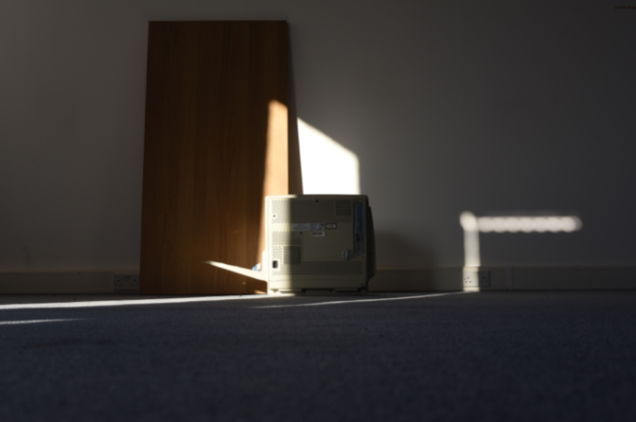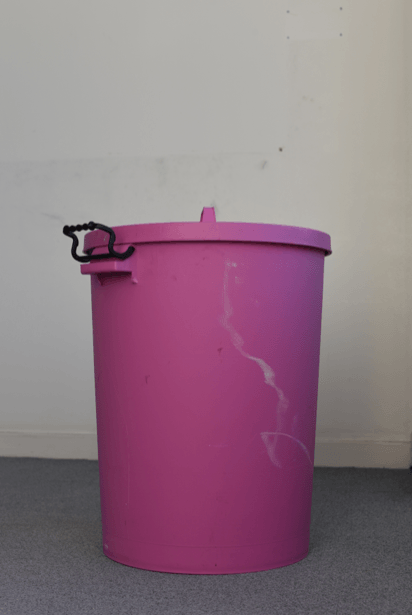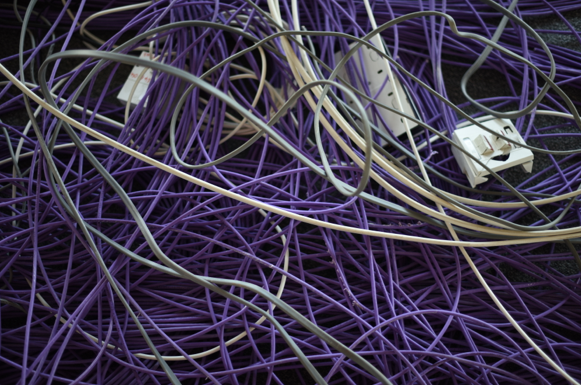As part of my Informing Contexts Module at Falmouth University I have, in the process of editing for my Work In Progress Portfolio, extracted a number of images that form a mini series in their own right.
When I negotiated access to my first vulnerable building in December 2016 I was astonished to discover the abandoned things that were strewn across the spaces that once were busy offices, reception and gym. I was geared up to capture the light, depth and architecture that was soon to be no more. Indeed this first building is on its way back to earth now.
Further visits began to scribe a visual catalogue of the things left behind, but also they were telling s story about these objects that were not precious enough to take away, but signified the purpose of the spaces, the ordinariness of the ubiquitous beige photocopier – the meeting point, chat and gossip would circle this inanimate object that served as a machine of production and waste. The anaemic space animated by a large pink bin, whose sides were smeared with marks of life, hard drives and wires that stored and conveyed the data, the life blood of corporate information, a billion emails critical to desk to desk communication and dress-down Friday protocols.
Then the regalia of a masonic life; a year book, latin inscriptions, medallions, bright ribbons, broaches, lists of names, braids. These were poking out of a drawer in a vast building that had every fixture taken away, auctioned and removed. This package of bright things was an aberration, an accidental remain.
Lynn Cohen, who based much of her photographic career on the found and the empty spaces of facilities says “There is often an eerie human presence or a hint of an activity just finished or about to begin… Couches and chairs look like people, and there are many other suggestions of the human body: dummies, diagrams and silhouettes”. She addresses a question for her viewing audience to address “I prefer to allude to things and leave it to the viewer to fill in the details. Like Brecht and Godard, I want the audience to do some work”. From interviews conducted by William A. Ewing, Vincent Lavoie, Lori Pauli and Ann Thomas, February 2001, and published in for Ann Thomas, No Man’s Land: The Photography of Lynne Cohen. Ottawa: Thames & Hudson and NGC, 2001.
Susan Sontag wrote that a photograph is “not only an image (as a painting is an image), an interpretation of the real; it is also a trace, something directly stencilled off the real, like a footprint or a death mask.” Sontag S. On Photography. New York: Farrar, Straus and Giroux, 1977 p. 154.
These images are a trace of action, captured in a static, left behind state.
Here is the mini series on human detritus, echoes of work and a kind of worship.





